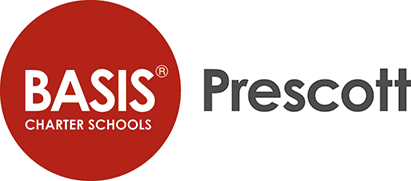Week 8: Paint Swatches and Pool Tables
Hello everybody! I hope you are all enjoying the warmer weather!
I dedicated all of my time this week to completing the first draft of my pamphlet. Before I discuss anything else, I want to thank Gianna for lending me her iPad and the free usage of her very fancy app. I, having no artistic skills whatsoever, had no idea what kind of app or service to invest in, and she totally saved the day!

So far, I have twelve sections split into two categories: foundational math topics and encryption algorithms. I’m doing my best to include something visual within each of these sections and to include a few fun facts throughout the pamphlet as well. This week, I’ve drawn pictures of bloch spheres, clocks, credit cards, bouncy balls, paint swatches, and pool tables! It’s definitely been a very different experience from when I spent all of my time reading textbooks and watching lectures.
I did, however, watch a super interesting video this week, recommended by Dr. Ismert, which described the possible uses for quantum computers. One of the things that I found interesting was their ability to create better chemical models. The idea is that it is difficult for classical computers to create models of quantum states, such as the interactions of electrons within a material, because they have to be fed descriptions of how these interactions occur. Quantum computers, on the other hand, already function through the interactions between extremely small particles, and thus they are better able to describe these interactions. The simulations created by quantum computers can help us better understand chemical reactions (and allow us to make them more efficient), how materials behave at extremely low temperatures, why some materials superconduct, and more!
The implications of modeling quantum systems and chemical structures are extremely widespread within the fields of medicine, climate change, and beyond. I guess this is all to say that quantum computing is super interesting even when it’s not being discussed in the context of encryption :).
I also attempted to learn more about how exactly quantum computers are better at breaking encryption algorithms than classical computers. I found out that it mostly stems from Shor’s algorithm, which proves that quantum computers can factor large numbers much faster than classical computers. In fact, it shows that quantum computers can solve this problem in polynomial time, whereas classical computers take an exponential amount of time to factor large numbers.
The mathematics behind Shor’s algorithm is complicated, and to be entirely honest, I don’t understand most of it. What I could grasp is that Shor’s algorithm utilizes quantum entanglement and superposition to make better guesses at factors. Rather than running through every possibility, like a classical computer does, quantum computers can use previous guesses to make better ones, cutting down on the time it takes to find factors. Physically, this means creating a superposition of all possibilities and having the incorrect options destructively interfere with one another. If all of the different options are visualized as waves, this looks like waves with opposite troughs and peaks effectively canceling each other out.
Shor’s algorithm threatens not only RSA encryption, but also classical Diffie-Hellman and Elliptic Curve Diffie-Hellman, as it is also able to quickly solve the discrete logarithm problem. This specific algorithm is the motivation behind the race to create quantum-safe forms of encryption, such as the BB84 protocol, which don’t rely on mathematics that can be easily broken down by quantum computers. Essentially, Shor’s algorithm led to a determination amongst mathematicians to create better forms of cryptography while simultaneously encouraging the investment of billions of dollars into the quantum computing industry because it proved that quantum computers could truly be better than classical computers in a tangible way.
That’s all for this week! I hope to work on creating a glossary for my pamphlet next week as well as editing my current draft. There is much to look forward to; thank you for tuning in!


Comments:
All viewpoints are welcome but profane, threatening, disrespectful, or harassing comments will not be tolerated and are subject to moderation up to, and including, full deletion.